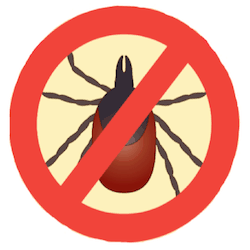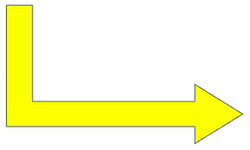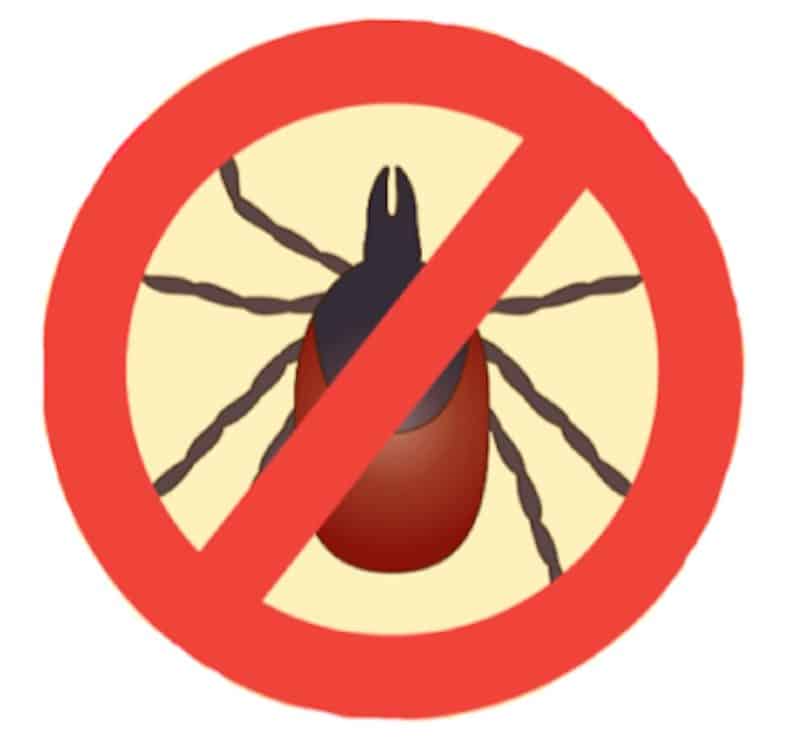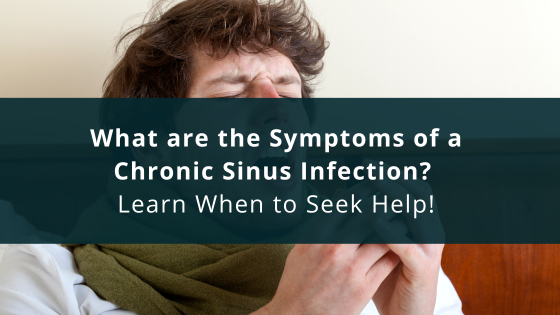Preventing Lyme Disease
By: Ariana Nunez and Alex Pugliese
Reduce “Deer Tick” Population
- Avoid Wooded and High Grass Areas
- Wear Appropriate Clothing in Wooded Area (long sleeves and pants)
- Use EPA Recommended Insect Repellants (e.g. DEET)
Check Yourself for Ticks When Returning from Outdoors
- Reproduce and Distribute Previously Available Lyme Vaccination to the Public


Start Prophylactic Oral Antibiotics (e.g. Doxycycline or Amoxicillin) Upon Exposure

- Continue Oral Antibiotics for “Early”/Acute Symptoms
- Start IV Antibiotics for “Late” or Continuing Symptoms; Based on Laboratory (EIA and Western Blot) Confirmation and Clinical Diagnosis
- Provide Appropriate Supportive Care for Chronic Lyme Disease Symptoms (neuropathy, arthritis, etc.)
- = Primary Prevention
= Secondary Prevention
= Tertiary Prevention
Lyme Disease: Surveillance
**Indicates New,
Proposed Strategy
1) **Use “Deer Tick” Reduction Strategies in High Incidence States:
- Apply area-wide arcaridies (tick poison) in endemic areas during peak seasons.
- Apply arcaridies to the fur of host wildlife population (deer).
- Reduce deer population via culling.

- Biological control via toxic fungi, which ticks consume in the wild.
2) Monitor Estimated Tick Population and Distribution via the CDC’s Tick Surveillance System.
3) Provide Necessary Resources to Healthcare Providers in Both High Incidence and Low Incidence States:

- Prophylactic antibiotic guidelines for suspected cases.
- Information on how to report probable Lyme Disease cases.
4) Use Two-Tiered Testing for Lyme Disease to Confirm Diagnosis at Onset of Symptoms (Enzyme Immunoassay & Westerblot):

- Treat patients with oral or IV antibiotics
- Report confirmed cases to the Local and State Health Departments as well as the National Notifiable Disease Surveillance System (NNDSS).
5) ** Identify “Chronic Lyme Disease” and “Post-Lyme Disease Syndrome” as Notifiable Conditions to State Health Departments and the NNDDSS.
Feedback Loop #1:
Record and report changes and trends in tick population estimations and distributions.
- Analyze the effectiveness of tick reduction strategies.
Feedback Loop #2:
- Monitor and report number of incidence cases confirmed by lab testing.
Analyze prophylactic antibiotic effectiveness; report any observed differences.
Feedback Loop #3:
- Monitor and record number of Chronic Lyme and Post-Lyme Disease Syndrome cases.
- Calculate and report odds of developing these conditions in those with confirmed Lyme Disease. Gather additional info on previous treatment regimens.
Despite public health efforts over the past two decades, Lyme disease continues to be a growing public health concern in the United States with a suspected 300,000 people diagnosed each year. Lyme disease is caused by the bacteria Borrelia burgdorferi, which is spread to humans through “Deer Tick” (Ixodes Scapularis) bites. Understanding how to prevent the transmission of this disease and the surveillance systems currently in place to monitor its distribution will be important in controlling this epidemic. The diagrams above provide insight into prevention strategies, as well as, current and new surveillance systems to help reduce future infections.







